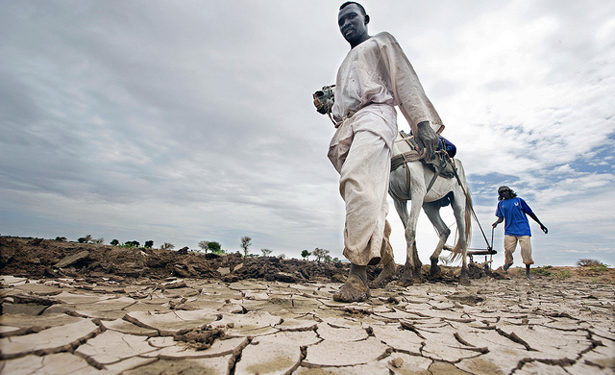Climate financing hits record $125 billion in 2023
Adaptation finance involves activities and measures aiming at reducing the risks or vulnerabilities posed by climate change, and at increasing climate resilience.
- Advertisement -
Multilateral development banks (MDBs) including the African Development Bank announced today that their collective financing for climate action hit a record high of $125 billion in 2023, more than doubling levels in 2019, when MDBs agreed new targets at the United Nations Secretary General’s Climate Action Summit.
The announcement of the findings of the Joint Report on Multilateral Development Banks’ Climate Finance comes ahead of the 29th United Nations Climate Change Conference (COP 29(link is external)) that will be held in Baku, Azerbaijan in November 2024. One of the key expected deliverables of COP29 is an increase in global climate financing and an agreement on a new collective target.
- Advertisement -
Of the $125 billion, MDBs allocated $74.7 billion to low- and middle-income economies. Sixty-seven percent of this—or $50 billion—went to finance climate mitigation, which refers to actions that reduce, avoid, limit or sequester greenhouse gas emissions, while $24.7 billion, or 33 percent, was directed to climate adaptation. Adaptation finance involves activities and measures aiming at reducing the risks or vulnerabilities posed by climate change, and at increasing climate resilience.
- Advertisement -
Of the $74.7 billion that went to low- and middle-income countries, $28.5 billion, or roughly 38 percent, was mobilised from the private sector.
Given the need and urgency of climate adaptation finance, particularly in climate vulnerable low-income countries, these numbers demonstrate positive steps, but remain well below what is required. The African Development Bank projects that Africa’s adaptation financing gap from international sources ranges from $166 billion to $260 billion in 2020 – 2030.
- Advertisement -
Commenting on the joint report, Anthony Nyong, African Development Bank Director for Climate Change and Green Growth, said, “The Bank has increased its climate finance from 9 percent in 2016 to 55 percent in 2023, mobilising a total of $5.8 billion in 2023, the highest in the Bank’s history. Notably, the Bank has continued with its effort to address the pressing adaptation finance needs of its regional member countries, allocating about 53 percent of its climate financing in 2023 to adaptation, and setting a positive example.”
He added, “This focus on adaptation, a top priority in the Bank’s climate action agenda, underscores the Bank’s commitment to addressing the adaptation finance gap. This substantial increase, primarily sourced from the Bank’s internal statutory funds, demonstrates the Bank’s steadfast commitment to delivering growth and climate change outcomes in synergy, thereby fostering resilience and sustainable development across Africa.”
The Joint Report on Multilateral Development Banks’ Climate Finance is an annual publication incorporating MDBs’ climate financing figures, along with a clear explanation of the methodologies for tracking this financing. The joint report, alongside the Banks’ publication of climate finance statistics, aims to monitor progress towards their joint climate finance targets set following COP21, and the ambitious pledges for the period beyond 2020.
The 2023 report, coordinated by the European Investment Bank (EIB), consolidates data from nine other major multilateral development banks: the African Development Bank, Asian Development Bank, Asian Infrastructure Investment Bank, Council of Europe Development Bank, European Bank for Reconstruction and Development, Inter-American Development Bank, Islamic Development Bank, New Development Bank, and the World Bank Group.
Source:norvanreports.com
- Advertisement -


